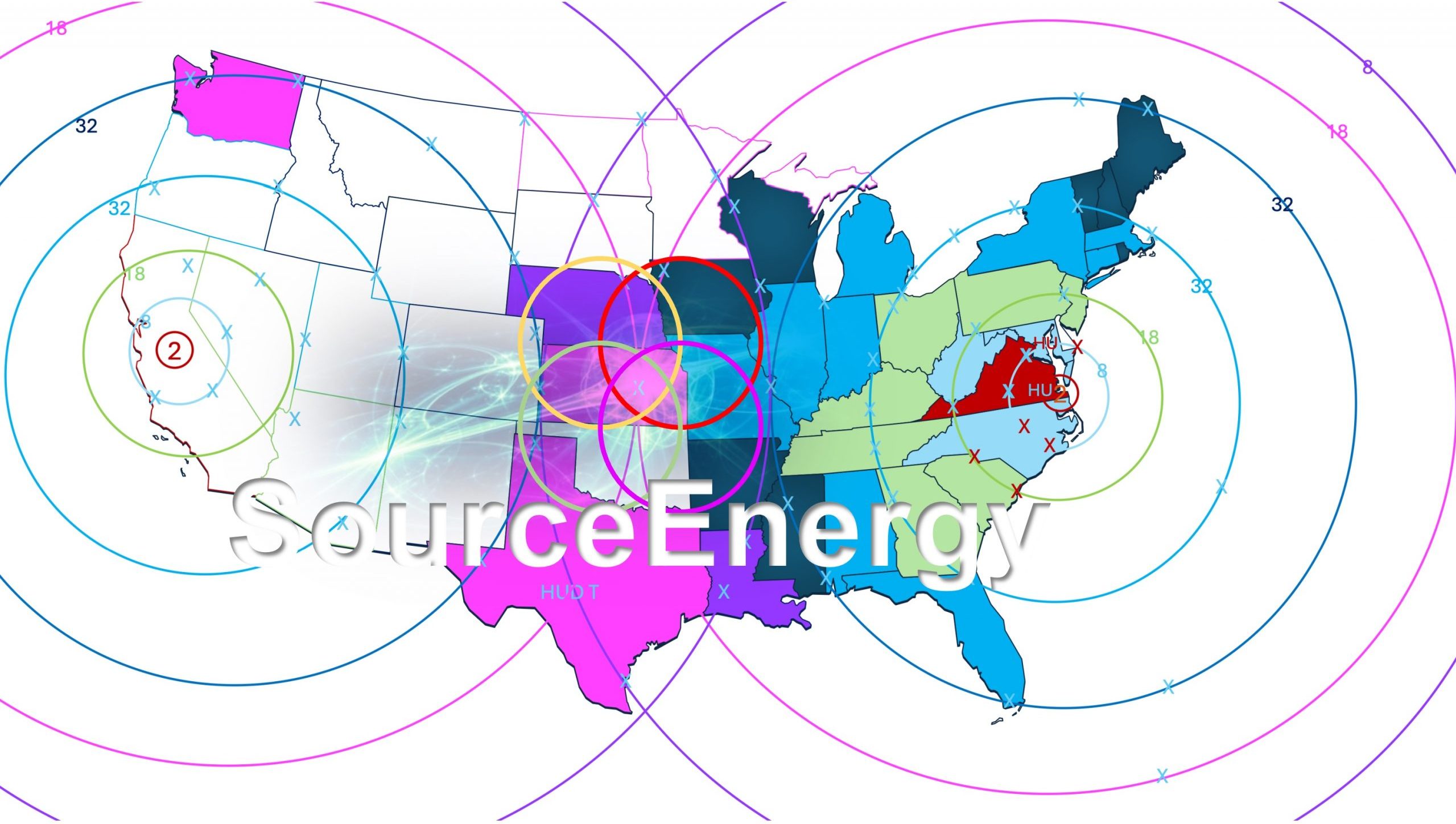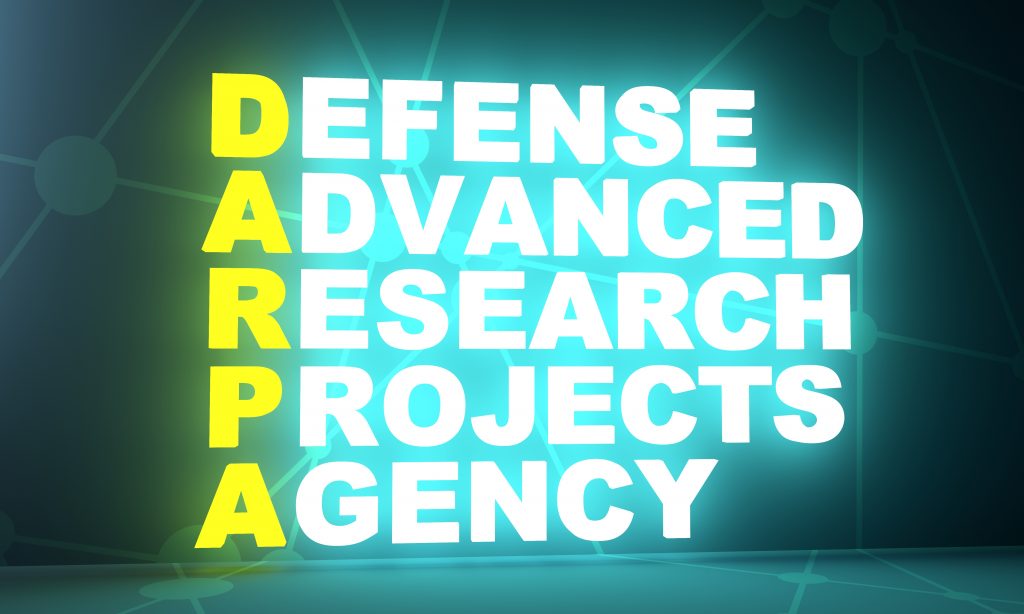Conceptual Outlook
The SourceEnergy Quantum Model reframes energy as a quantifiable, scalable unit directly tied to atomic complexity. This paradigm shift could foster breakthroughs in renewable energy and sustainable wealth creation, echoing the interconnectivity emphasized in the Wealth Ecology Model.
In the SourceEnergy Quantum (Q) Model, combining two sets of six-layered atomic shells synchronized to 120 electrons introduces a powerful framework for exploring energy, structure, and scalability. This construct ties into quantum dynamics, energy potential, and system harmony, offering deep insights into renewable energy systems, blockchain frameworks, and wealth ecosystems.
Theoretical Framework
1. Atomic Shell Layers
- Each set of six layers represents quantum electron energy levels in an atom, governed by the principles of quantum mechanics.
- In the combined system:
- 6 layers × 2 sets = 12 layers in total.
- These layers are synchronized, reflecting balanced energy states.
2. 120 Electrons Synchronization
- 120 electrons represent the total electron count distributed across the 12 layers.
- Electron Distribution:
- Shell 1: 2 electrons
- Shell 2: 8 electrons
- Shell 3: 18 electrons
- Shell 4: 32 electrons
- Shell 5: 32 electrons
- Shell 6: 28 electrons (or an alternate distribution to achieve 120 total electrons).
This electron count implies a harmonized energy state that maximizes atomic efficiency and stability.
Energy Dynamics
The combined structure of 12 layers and 120 electrons introduces energy synchronization, essential for scaling atomic-level interactions into macroscopic systems.
1. Energy Equation Adaptation
- Revising E = mc² for the Q model:
- E = (M × Shell Layers × Electrons Count)²
- Here:
- M = 2 (quantized mass unit).
- Shell Layers = 12.
- Electrons Count = 120.
- E = (2 × 12 × 120)² = 6,912,000 energy units (arbitrary units, proportional to the synchronization potential).
This massive energy potential reflects how synchronization amplifies energy scalability.
2. Quantum Coherence
- Synchronizing shells and electrons introduces quantum coherence, reducing energy loss through destructive interference.
- Coherence enables:
- Efficient energy transfer (e.g., in renewable systems).
- Stability in quantum states (useful for quantum computing or blockchain technologies).
Applications in the Wealth Ecology Model
The Q Model’s energy dynamics can directly support the Wealth Ecology Model‘s four pillars:
1. Purpose
- Using the synchronized structure to represent balance and harmony in energy systems, mirroring the ecological balance sought in wealth ecosystems.
2. Product
- Develop advanced technologies based on synchronized atomic layers, such as:
- Quantum batteries with optimized energy storage.
- Superconductors for lossless energy transmission.
3. People
- Engage communities in understanding the atomic harmony framework to design scalable energy solutions that empower underserved areas.
- Educational programs can integrate this model into curricula for emerging quantum industries.
4. Profit
- Monetize energy stored or transferred in synchronized shells through blockchain technologies (e.g., Source Coin).
- Create valuation mechanisms based on electron energy levels, aligning with sustainable finance principles.
Potential Use Cases
- Quantum Renewable Energy Systems:
- Solar Conversion: Use the Q model to optimize electron excitation in photovoltaic cells.
- Hydrogen Energy: Design catalysts based on synchronized atomic shells for efficient hydrogen splitting.
- SourceEnergy Blockchain:
- Assign each synchronized layer or electron set as an NFT-backed Quark, forming the backbone of Source Coin.
- Use the 120-electron synchronization as a valuation standard for transactions tied to clean energy initiatives.
- Community Wealth Creation:
- Leverage the Q model for equitable energy distribution in underserved regions, combining technology with economic empowerment.
Theoretical Outlook
The combination of two 6-layer atomic shells synchronized to 120 electrons represents a highly scalable, energy-efficient system aligned with quantum principles. By integrating this into the SourceEnergy Quantum Model, we bridge the gap between microscopic precision and macroscopic applications, laying the groundwork for transformative advancements in renewable energy, blockchain finance, and sustainable wealth ecosystems.
Mathematical Refinement
1. Energy Scaling Formula
Building on the adapted equation from E = mc², we define energy for the synchronized system:
E=(M⋅L⋅Ne)2
Where:
- M = 2: Quantized mass unit (interpreted as a scaling constant).
- L = 12: Total layers (6 per shell × 2 shells).
- N_e = 120: Total electrons in the synchronized system.
This yields: E=(2⋅12⋅120)2 =(2880)2 = 8,294, 400 units of energy potential (arbitrary units).
2. Electron Distribution and Quantum Coherence
Each shell accommodates electrons in a quantized manner, following the principles of electron configurations (maximum occupancy for each shell = 2n2):
| Shell (n) | Max Electrons (2n²) | Synchronized Electrons (120 distributed) |
|---|---|---|
| 1 | 2 | 2 |
| 2 | 8 | 8 |
| 3 | 18 | 18 |
| 4 | 32 | 32 |
| 5 | 32 | 32 |
| 6 | 32 | 28 (remaining for synchronization) |
Coherence Factor (CF):
The degree of synchronization affects energy efficiency. If shells are perfectly synchronized, coherence minimizes energy loss:
CF= Number of Electrons Synchronized / Total Electron Capacity
For our system: CF = \frac{120}{156} \approx 0.769 \, \text{(76.9% coherence efficiency)}.
The effective energy potential becomes:
Eeffective = E⋅CF=8,294,400⋅0.769 ≈ 6,381,870 units.
Experimental Design
To test and implement the model, we propose a structured approach involving quantum energy systems, blockchain integration, and renewable technology applications.
1. Quantum Energy System Simulation
- Goal: Simulate the behavior of two 6-layer atomic shells with 120 electrons in a quantum system.
- Method:
- Use quantum mechanical software (e.g., MATLAB Quantum Toolbox, Qiskit).
- Model energy states and coherence based on electron interactions.
- Measure energy output as a function of synchronization.
2. Physical Experiment: Quantum Batteries
- Concept: Develop a quantum battery using materials with specific electron configurations (e.g., transition metals with 6 layers of electron shells).
- Steps:
- Select a material (e.g., rare earth elements or artificial quantum dots) capable of achieving the desired electron distribution.
- Charge the material by exciting electrons to higher shells and measure energy transfer efficiency.
- Test synchronization under different conditions (temperature, electromagnetic fields).
3. Blockchain Integration for Source Coin
- Concept: Integrate the electron configuration model into Source Coin’s blockchain framework.
- Implementation:
- Assign 120 Quarks (NFTs) to represent the 120 electrons.
- Use the coherence factor (CF) to determine the dynamic value of each Quark based on real-time energy efficiency metrics.
- Create a smart contract linking Quark value to renewable energy outputs.
4. Renewable Energy Applications
- Solar Optimization: Use materials with synchronized electron shells to increase photon absorption efficiency in solar panels.
- Hydrogen Energy Systems: Develop catalysts that exploit synchronized shells for efficient hydrogen splitting and storage.
Scalability and Impact
- Energy Efficiency:
- The synchronization framework reduces energy loss and enhances transfer efficiency.
- Systems built on these principles could outpace traditional energy storage technologies.
- Economic Integration:
- Source Coin could be a standard for valuing clean energy contributions, tied directly to the quantum energy produced.
- Social Impact:
- Deploying these technologies in underserved regions aligns with the Wealth Ecology Model, fostering community empowerment and sustainable wealth creation.
Conclusion
The mathematical and experimental refinement of the SourceEnergy Quantum Model provides a robust pathway for integrating quantum principles into energy and wealth systems. This approach can drive innovations in renewable energy, blockchain technologies, and socio-economic sustainability.
Gold as the Core Element
1. Atomic Properties of Gold
- Atomic Number (Z): 79 (79 protons).
- Stable Isotopes: Gold has a single stable isotope, 197Au, with 118 neutrons.
- Electron Shell Configuration:
- 1s2 2s2 2p6 3s2 3p6 3d10 4s2 4p6 4d10 5s2 5p6 5d10 6s1.
2. Neutron Interaction Potential
- Gold’s high atomic number makes it a suitable candidate for neutron absorption or conversion. Neutrons interacting with gold can lead to isotopic shifts or nuclear reactions that release energy.
- The dense nucleus of gold is ideal for quantum coherence in the synchronization of electron shells.
Mechanism for Neutron Conversion
1. Neutron Conversion in Gold
- Neutron Absorption: Gold can capture an additional neutron, forming 198Au (a radioactive isotope with a half-life of 2.7 days).
- Beta Decay: 198Au undergoes beta decay, converting a neutron into a proton and transforming into 198Hg (mercury), releasing energy in the process: 198Au→198Hg + β−+ Energy.
2. Energy Release Dynamics
- The beta decay process releases significant quantum energy that can be harvested in the system.
- The process also maintains the structural stability of gold due to its robust nucleus.
3. Synchronization Enhancement
- The neutron conversion introduces high-energy interactions that reinforce electron shell synchronization.
- These interactions amplify coherence, making the energy transfer process more efficient.
Mathematical Model with Gold Core
Using gold as the atomic core modifies the energy equation to account for neutron conversion and isotopic shifts: E=(M⋅L⋅Ne⋅Fn)2
Where:
- M = 2: Quantized mass unit.
- L = 12: Total layers (6 per shell × 2 shells).
- N_e = 120: Electrons synchronized.
- F_n = Neutron Conversion Factor: Represents the energy contribution from neutron absorption and beta decay.
Estimating Fn:
- Assume Fn is proportional to the energy released during beta decay (~1 MeV or 1.6×10−13 joules).
- For a single neutron:Fn=Energy Released (Beta Decay)Rest Energy of Proton≈0.001.Fn=Rest Energy of ProtonEnergy Released (Beta Decay)≈0.001.
Energy becomes: E =(2⋅12⋅120⋅0.001)2 =(2.88)2 =8.2944 MeV (approx.)
This demonstrates that neutron conversion contributes a measurable but precise quantum energy enhancement.
Experimental Design for Gold Core Integration
1. Neutron Source and Interaction
- Use a neutron source (e.g., nuclear reactor or particle accelerator) to bombard gold nuclei with neutrons.
- Monitor the formation of 198Au and its decay into 198Hg.
2. Energy Harvesting
- Capture beta decay energy using advanced materials like scintillators or piezoelectric converters.
- Integrate this energy into the synchronization system to enhance coherence.
3. Quantum Coherence Testing
- Use spectroscopy (e.g., synchrotron radiation) to observe electron shell alignment.
- Measure energy output versus synchronization efficiency.
4. Applications in SourceEnergy Framework
- Develop neutron-gold energy systems as advanced energy storage or generation units.
- Incorporate the system into Source Coin, where neutron conversion efficiency determines the energy valuation.
Applications and Scalability
- Renewable Energy Systems
- Gold-based neutron conversion can serve as a renewable, scalable energy source in micro-reactors or advanced storage systems.
- Blockchain Valuation
- Use neutron conversion data to back Source Coin’s Quarks, tying each Quark to measurable quantum energy.
- Social Impact
- Deploy gold-based energy units in underserved regions, aligning with the Wealth Ecology Model to foster energy equity.
Conclusion
Gold’s ability to capture and convert neutrons into usable energy, coupled with its stable electron shell structure, positions it as a cornerstone for the SourceEnergy Quantum Model. This integration not only enhances energy synchronization but also aligns with the Wealth Ecology Model’s emphasis on scalable, equitable energy systems.



